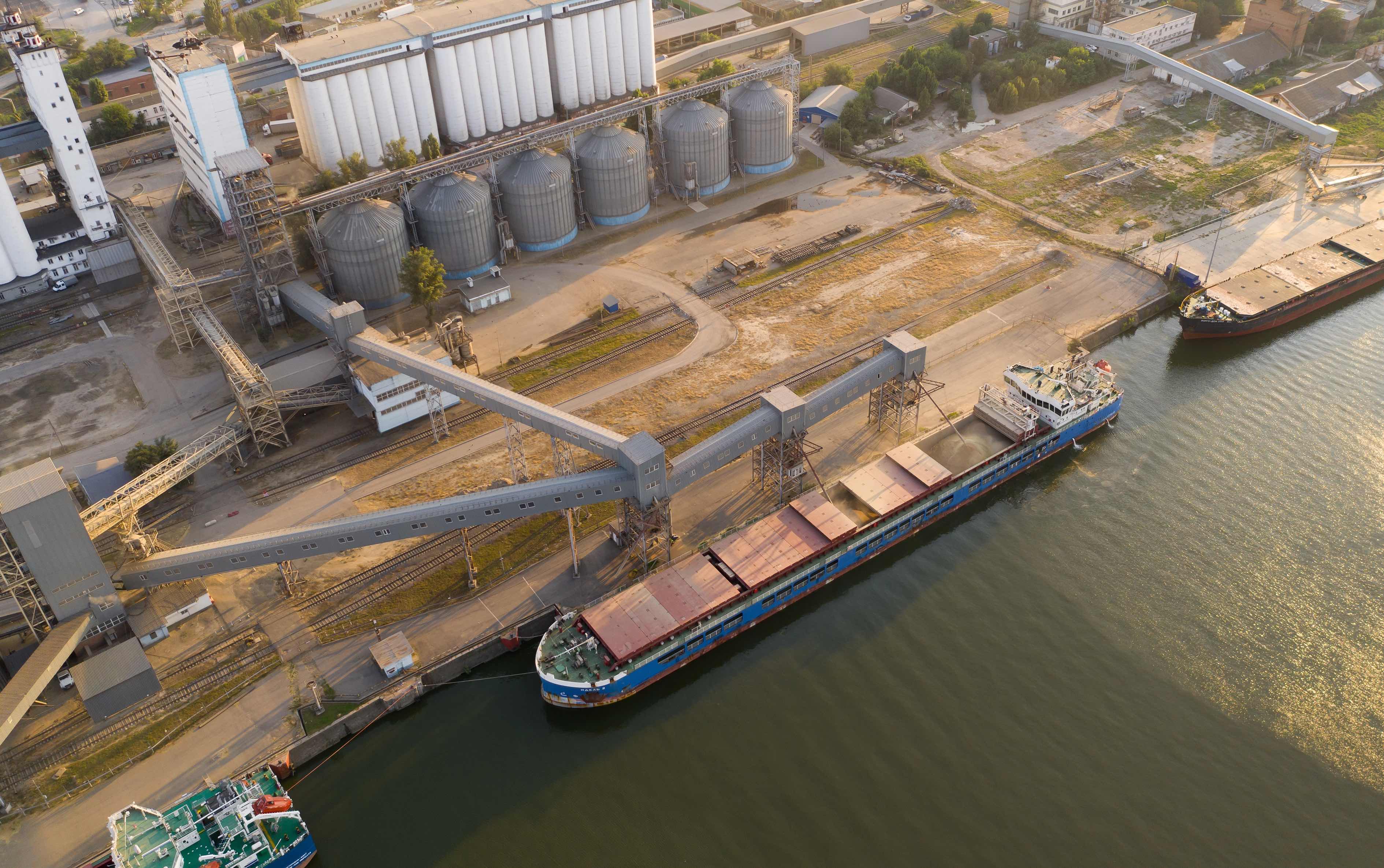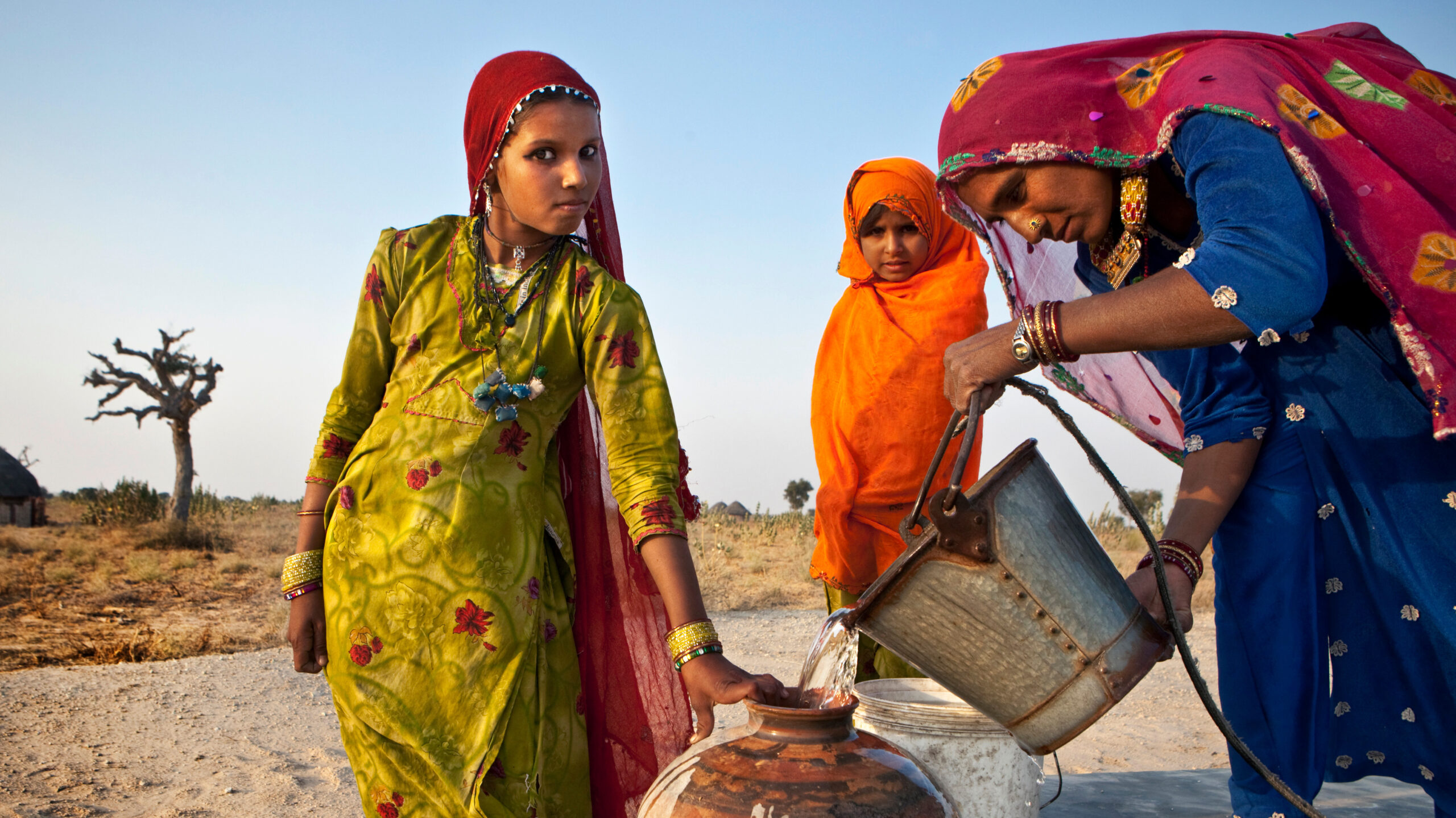The sanctions imposed by the European Union, United States, Canada, and other countries on Russia and Belarus following Russia’s February 24 invasion of Ukraine included restrictions on banking, trade, technology transfers, and specific individuals. These came on top of earlier sanctions on both countries – on Russia, in response to its 2014 annexation of Crimea, and on Belarus, in response to human rights violations in 2020 and its forced grounding of Ryanair flight 4798 to seize a dissident journalist in 2021.
The current sanctions regime aims to spare the agricultural sector, including inputs, to avoid side effects on global food security. Russia is a major global supplier of key staples, including wheat, and both countries are important fertilizer producers and exporters. Shutting down trade in those items would have disastrous consequences for global markets and on agriculture and food supplies in countries reliant on them.
But given the complexity and scope of the sanctions on Russia and Belarus, and the reluctance of many countries and companies to do business in either country, are the agriculture exceptions working? In this post, we examine how the sanctions aimed at Russia and Belarus have affected exports of agricultural products and fertilizers. The picture is mixed, with exports of some items affected by the war’s outbreak, then recovering, while others have slowed significantly.
Carve outs for food and fertilizer
Both the U.S. and EU have specified “carve outs” for the food and fertilizer sectors. Only luxury food products, like caviar, are prohibited from being imported in the US or in the EU. In July, the U.S. Treasury Department issued guidance to clarify that the production, manufacturing, sale, or transport of agricultural commodities incuding fertilizers, agricultural equipment, or medicine originating from Russia and for destination to the U.S. or third markets were exempt from sanctions.
Similarly, EU sanctions exclude Russian exports of food supplies and fertilizers to both EU and non-EU markets. While this policy aims to avoid targeting fertilizer overall, potash is an exception. Its critical role for the Belarus economy (10% of all exports) and government led the EU to impose specific sanctions on potash and companies involved in its production, banning imports in the EU and restricting the capacity of Belarus to use EU territory for transit—in particular through Lithuania.
To avoid any diversion effects or re-exports of Belarus potash under a Russian flag, the EU extended the restriction to Russian potash as well. However, this last measure does not limit the trade between Russia and third parties directly. Rather, it restricts access to European ports for shipping companies operating with Russia. In addition, while ships carrying fertilizer and food from Russia should have access to European ports, individual member states also retain a degree of discretionary regarding the implementation of such waivers.
But the carve outs may not work perfectly. Even if sanctions do not directly target food and fertilizer exports, some do target individuals—e.g., oligarchs—who may have business interests in these sectors, and in general they can make trade more difficult. For example, importers may choose not to purchase from Russia and Belarus because of the added costs of doing business (for example, having to deal with more restrictive banking regulations), or due to overcompliance, i.e., the perceived risk, even if erroneous, of being ensnared in financial sanctions for having done business with these countries. Some companies have also stopped trading with Russia due to negative public opinion, or as a result of concerns expressed by their employees.
To avoid such adverse effects, countries including the U.S. have started to issue “comfort letters” to facilitate exports of some essential products from Russia by clarifying that sanctions are not in place.
Meanwhile, Russia’s own actions have created problems with agricultural exports.
Since last year, Russia has restricted exports of fertilizer and agricultural products through export taxes, licensing requirements, and actual bans. For example, from March 14-June 30, Russia imposed a ban on wheat exports to other countries of the Eurasian Economic Union in order to prevent exporters from using the EEU free trade zone to circumvent a significant boost—up to $130 per metric ton—in Russia’s wheat export taxes. In addition, Russia put export licensing requirements in place in 2021 for nitrogenous-based fertilizers (including compound fertilizers). Even if the restrictions fall short of actual bans, they directly limit exports and add costs to Russian imports and thus can adversely affect demand.
Assessing the impacts of sanctions
Assessing if ongoing sanctions on the Russian and Belarusian economies do end up impacting exports of food and fertilizer is complicated by several factors. First is the lack of export data: Both countries stopped reporting trade data to the United Nations and other data partners shortly after the invasion in February. Second, for all the commodities considered, prices have been increasing since 2021, reducing global demand. Thus some decline in Russia and Belarus exports is to be expected.
An often-used approach to estimate exports in the absence of export data is to analyze mirror trade data from importing countries. For example, by totaling the quantity of imports of Russian potash to its trade partners, one obtains an approximation of total Russian potash exports over a given period (ignoring lags due to the length of transport).
For this post, we used the mirror approach to examine imports from Russia and Belarus for countries that have reported data in 2022, comparing January-August 2022 with the same period in 2021. While the measures are suggestive of relative trade volumes, this approach has limitations. Many importing countries—particularly developing countries in Africa—do not necessarily report trade data on a regular basis, so a complete picture from mirror trade may lag several months or even years behind.
Figure 1 provides an overview of our findings for Russia: Most exports are down compared to 2021, except for phosphate products, which are up in part due to reduced exports from China, which restricted phosphate exports during the first part of 2022. However, the largest effects occurred in the first four months of the year—affected by the beginning of the war, the large disruptions in Black Sea shipping, and Russia’s own export restrictions. Data from the next four months, from April to August, show more limited decreases and even some increases, even while enforcement on most sanctions was starting in earnest during this time.
Figure 1
Russian wheat
The data show that Russian wheat exports fell by about 11% from 2021 levels between January and August. This decline largely reflects the drop in exports that occurred in the early weeks of the war, when shipping in the Black Sea largely came to a standstill. The data show that trade has recovered somewhat since then (Figure 2).
Figure 2
Russian and Belarusian fertilizer
Fertilizer imports from Russia also declined compared to 2021 levels between January and August: Potash and urea imports decreased by 16.5% and 22.8% respectively. As with wheat, most of the decline occurred in the early weeks of the war, and monthly import numbers have recovered somewhat since then. Meanwhile, diammonium phosphate (DAP) imports from Russia are running over 8% above 2021 levels.
The most significant declines have occurred in anhydrous ammonia imports from Russia (down 63%) and potash imports from Belarus (down 50%) (Figure 3). These products are traditionally shipped through ports in the EU (potash from Belarus) or Ukraine (Russian ammonia. Last year, Russia shipped about 4.4 million metric tons of ammonia, about 45% of which went through Baltic ports and about 55% via the world’s longest ammonia pipeline from Tolyatti on the Volga to the port of Pivdenny near Odesa, Ukraine, which is currently inactive due to the war.
Ammonia exports pose another problem: The chemical is used both in fertilizers and for non-fertilizer applications, making the implementation of sanctions and associated waivers a potentially tricky prospect.
Figure 3
Russia and Belarus are attempting to create alternative pathways to export fertilizers. In mid-February, Belarus President Aleksandr Lukashenko said that Russia would build new port facilities for shipping potash from Belarus. In September, Belarus announced that Russia will allow potash exports through the port of Murmansk.
Impacts on importers
How have sanctions affected importing countries? Russia and Belarus jointly account for about 41% of global potash exports, and their disruption has pushed countries to seek alternative suppliers. Take Brazil, the world’s second-largest potash importer after the U.S. In the first nine months of 2021, about 20% of Brazil’s potash imports came from Belarus (Figure 4). For the same period in 2022, that figure fell by 46%, accounting for less than 10% of Brazil’s total potash imports. Much of the decline was offset by imports from Canada (up 37% over last year’s January-September levels).
Figure 4
Russia accounts for about 15% of global nitrogenous fertilizer exports, including products such as ammonia and urea. Importantly, some of these products are part of a global value chain of fertilizer production—thus disruptions in specific inputs could disrupt the production of compound products in other countries. Morocco is the second-largest exporter of phosphate products in the world, in particular diammonium phosphate (DAP) and monoammonium phosphate (MAP), as well as the fourth largest importer of anhydrous ammonia, traditionally importing from countries such as Russia and Algeria. The sharp reduction in anhydrous ammonia imports from Russia (and Algeria) pushed Morocco to seek a number of alternative suppliers in the first eight months of 2022 (Figure 5), especially sourcing products from Egypt and Saudi Arabia.
Figure 5
Conclusions
Our analysis suggests that carve outs in trade sanctions appear to have helped sustain exports of some agricultural products and fertilizers from Russia and Belarus, but exports of potash from Belarus and anhydrous ammonia from Russia, which have traditionally utilized EU and Ukraine port facilities, have fallen significantly. Some affected importing countries have managed to find alternative sources.
What the prospects for boosting these exports? These issues are central to ongoing negotiations. Russia has told a top United Nations representative that the extension of the Black Sea Grain Initiative depended on the West easing remaining restrictions on Russia's agricultural and fertilizer exports, including re-opening the anhydrous pipeline to Odesa. On November 3, UN Secretary General Antonio Guterres echoed the call for removing obstacles to Russian food and fertilizer exports. The Black Sea grain deal expires November 19, so negotiators may soon produce answers on what happens next.
Joseph Glauber and David Laborde are Senior Research Fellows with IFPRI's Markets, Trade, and Institutions Division. Opinions are those of the authors.







